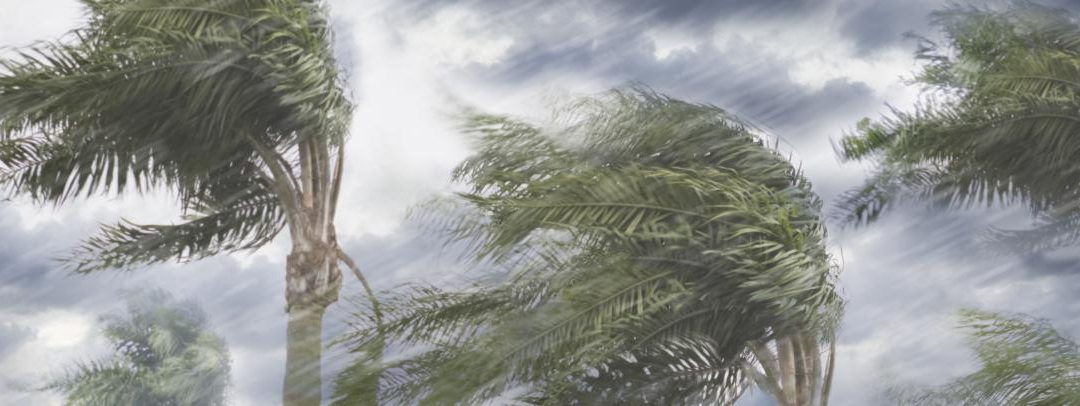
Experts said Florida has done well protecting buildings from wind damage and should now focus on protections from storm surge.
MANASOTA KEY, Fla. — As the 2024 hurricane season nears its Nov. 30 finish line, Florida is left picking up the pieces after going toe-to-toe against several major hurricanes.
Barrier islands like Manasota Key, Casey Key and Siesta Key were hard hit by Hurricane Helene and Hurricane Milton, showing just how ugly extreme weather can get.
These storms came just two years after Hurricane Ian’s surge nearly missed Charlotte and Sarasota counties, but slammed Lee County beaches with a wall of water that topped 10 feet.
Some scientists are saying coping with surges and flooding may be more frequent in coming years, and residents have questions about what happens next.
Storm surge
Hurricane Helene brought some new challenges to barrier islands like Manasota Key. Coastal deposition — which is adding sand by wind and wave action — does happen, depending on the direction of the hurricane. But, Manasota Key has never experienced it to this extent before — at least by any modern record.
In some areas of the key, sand filled entire first floors of houses, blew out walls and buried cars after Helene.
Milton did the same thing, but worse, and without much time between storms for beach renourishment, coastal homes were greatly impacted by Milton.
Even inland, homes not directly on the water suffered severe impact by far-reaching storm surge.
Suzanne Camargo, co-director of the Climate School Postdoctoral Research Program at Columbia University, said storm surge is one of the most damaging aspects of hurricanes.
Factors like size and intensity of the storm, its landfall point, the angle which it approaches the cost and tides at the time of landfall are all important determining where and how much storm surge an area can get, according to Camargo.
“On the right side of the center of the hurricane, the winds are pushing the water toward land, and on the left, the winds are in the opposite direction,” Camargo said. “A difference of 10-20 miles on the landfall location could determine which side of the hurricane a city/island is and determine if it will be impacted by storm surge, or not.”
One hurricane that pushed water out of Charlotte Harbor and Lemon Bay almost draining them was Irma in 2017. Approaching from the south and inland, its initial winds came out of the north and east.
This year, Helene and Milton had the opposite effect, pushing water toward the coast from the west and south.
Bathymetry, the measure of depth, is also important and is the measurement of how deep the ocean is near the coast.
“If the ocean is deep at the location that the winds are blowing toward land, it’s hard to have a larger storm surge, than in cases where the depth of the ocean near the coast is shallow,” she explained. “So, for instance, if you have a bay, which is shallow, you could potentially have a larger storm surge.”
That explains why the relatively shallow waters off Florida’s west coast allowed more damage on barrier islands.
It also explains the surge from Lemon Bay into portions of Englewood with both recent storms.
Camargo said the data and trends of experiencing higher levels of flooding and storm are also due to sea level rise and more-intense hurricanes.
Rapid intensification
Sebastian Antonia, assistant professor at The University of North Carolina Chapel Hill, suggested that the nature of tropical cyclones may be changing in a recent presentation.
Data also indicates a similar position, showing rapid intensification from a category 1 or less into a major hurricane can be far quicker in recent years.
Historical data from 1971-1990 indicates a little over 3% of storms rapidly intensifying in 24 hours, but a little more than 8% of storms between 2001-2020 saw rapid intensification, according to the study, “Observed increases in North Atlantic tropical cyclone peak intensification rates.”
Hurricane Milton saw rapid intensification from a named tropical storm to a category 1 hurricane within 24 hours. Then, it doubled the National Hurricane Center’s criteria for rapid intensification (35 mph wind increase) during the next 24 hours.
At one point, Hurricane Milton threatened the atmospheric cap of what meteorologists thought was possible for hurricane intensity. Milton eventually was slowed by wind shear that helped protect the Florida coast from even more damage, but its effects, like Hurricane Helene, were strongly flood-related.
Antonia said coastal communities may begin to see the infrastructure in coastal communities have a tougher time withstanding flooding — and new areas flooded — in years to come.
Maintain mangroves
The Coastal Resilience Lab at the University of California Santa Cruz studies resilience and sustainability in the face of growing coastal hazards.
The lab specifically studies the role of natural defenses for people and their property against surge and flooding.
Director of the lab is Michael W. Beck. His research on flood risk and wetlands shows mangrove protection and restoration could be key to protecting coastlines.
“We have some very clear numbers about the benefits of mangroves from past events,” Beck said. “If you build where wetlands were, you are building in the riskiest places, those are the lowest lying places, and you’re destroying your first line of defense to do that.”
Beck said communities need to reconsider their building, allowing for mangrove barriers.
“That’s kind of critically important, at a minimum, not to destroy any more of that first line of defense,” he said. “Mangroves, particularly during Ian in that area (in 2022), provided more than $4 billion worth of protection.”
A case study done on cost effectiveness of nature-based and coastal adaptation on the Gulf Coast found that nature-based adaptation solutions, including wetlands, oyster reefs and barrier island restoration, could avert between $50-65 billion of climate-related damages to infrastructure in the Gulf region by the year 2050, according to the Coastal Resilience Lab.
Yet, adapting isn’t so easy. There’s the question of economic feasibility and what coastal resilience looks like.
“It’s challenging to figure out how to do all that,” Beck said. “We’ve got some other work going right now, looking at Zillow home prices over the past 20 years and for homes behind mangroves, prices are significantly higher over time, particularly after hurricanes, than homes that don’t have mangroves in front of them, so this has a very real effect on your future home value.”
It doesn’t seem to be so simple as to say barrier islands cannot be developed on, or lived on — but there has to be some sort of accountability for homeowners on barrier islands, said Beck.
“We need to appreciate that barrier islands, by their very nature, shift — they move,” Beck said. “Kind of trying to hold it in place around your property, particularly as these storms are going to grow, generally speaking, in both frequency and intensity, is a losing battle.”
Policies that recognize nature as natural infrastructure might be a good place to start.
“Florida has built very well against wind,” he said. “Surge is much, much harder, and we’re not very good at it.”
Eventually, Beck said, there will be a point in which these coastal communities will be forced to adjust to the changing geography of the coast.
“Either we try do that thoughtfully, putting people and nature at less risk, or we’re just going to let it happen to us,” he said. “We’ve got to be honest about risk, and we’ve got to be trying to both build back better and where we can’t do that, acknowledge it.”
Copyright © 2024, Venice Gondolier Sun.
Go to Source
Author: amyc



